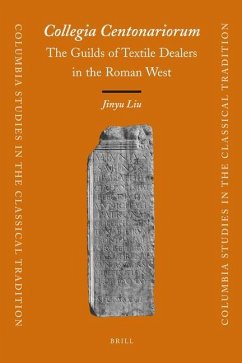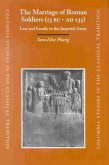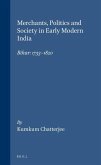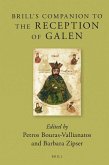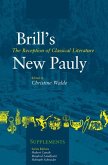The collegia centonariorum were often seen as the municipal fire-brigades or status groups of sorts in the Roman cities. Through a close investigation of the chronological development and geographical distribution of the collegia centonariorum, their legal privileges, and the prosopographical data of members and patrons, this volume reveals a much more complex picture of their origins, characters and compositions in various regions from the first century BC to the fourth century AD. Intricately connected with the textile economy, the collegia centonariorum illustrate how elements as diverse as material demand from the military and the city of Rome, legal infrastructure, urban development, and organizations of urban-based craftsmen and tradesmen may have interfaced with each other in the Roman world.
Hinweis: Dieser Artikel kann nur an eine deutsche Lieferadresse ausgeliefert werden.
Hinweis: Dieser Artikel kann nur an eine deutsche Lieferadresse ausgeliefert werden.

